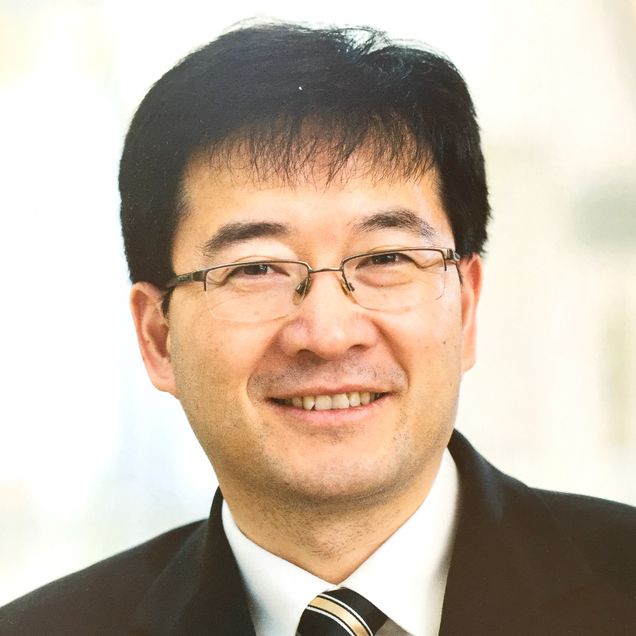By Patrick L. Kennedy
Cheng’s advanced spectroscope reveals workings of cancer cell metabolism
In the fight to treat ovarian cancer, innovative chemical imaging techniques developed by Professor Ji-Xin Cheng (ECE, BME, MSE) are fast becoming valuable tools, as reported in two high-impact journals in the space of two months.
In a study published this fall in Nature Communications, Cheng and colleagues found a metabolic signature for platinum-resistant ovarian cancer. Cisplatin, a chemotherapy drug used to treat ovarian and other cancers, contains platinum, which renders it ineffective in some patients for reasons never clearly understood. Cheng’s team found that the platinum-resistant cells were absorbing a lot of fatty acids. When the researchers blocked fatty acid uptake with a molecule inhibitor, they managed to kill even the platinum-resistant cancer cells.

Cheng identified fatty acid saturation as the culprit using multiplex stimulated Raman scattering (SRS) imaging cytometry, a high-throughput method of single cell analysis invented in the Cheng lab.
“It’s an advanced chemical imaging tool,” says Cheng. “It provides a way to visualize a molecule—like the molecule that metabolizes fatty acids—based on the signature, the spectroscopic fingerprint of these molecules.” Instead of using dyes or fluorescent labels to image one kind of molecule, Cheng’s method reveals the bigger picture. “We can visualize fatty acids, but we can also visualize glucose, cholesterol. It gives us the opportunity to see how cancer cells metabolize, to see how they change or reprogram themselves in response to a treatment.”
Boston University has filed a patent for Cheng’s SRS technology and licensed it to Vibronix, Inc., a medical device start-up Cheng founded in 2015 with a mission to put the tools he develops into the hands of clinicians.
Co-authors on the Nature Communications paper include Yuying Tan, a BME doctoral student and research assistant, and Kai-Chih Huang (’20), a former BME research assistant, as well as collaborators at Northwestern University.
Cheng and several of the same researchers collaborated on a related study published recently in Proceedings of the National Academy of Sciences. In that study, they found a way to kill cancer cells by blocking an enzyme that aids in the uptake of unsaturated fatty acids, as well as evidence that a patient’s diet might bolster the treatment.
“Usually, unsaturated fatty acid, which is a major component of olive oil, is a good thing,” says Cheng, “but in this case, it’s bad, because it actually rescues the cancer cells from the treatment.”
In both studies, it was Cheng’s cutting-edge imaging technology that revealed these biomarkers. “Yet, without the collaboration between imaging and cancer biology, these discoveries would not have been possible,” says Cheng.
At top: An image of cancer cells, taken with an SRS spectroscope. Courtesy of Ji-Xin Cheng.
